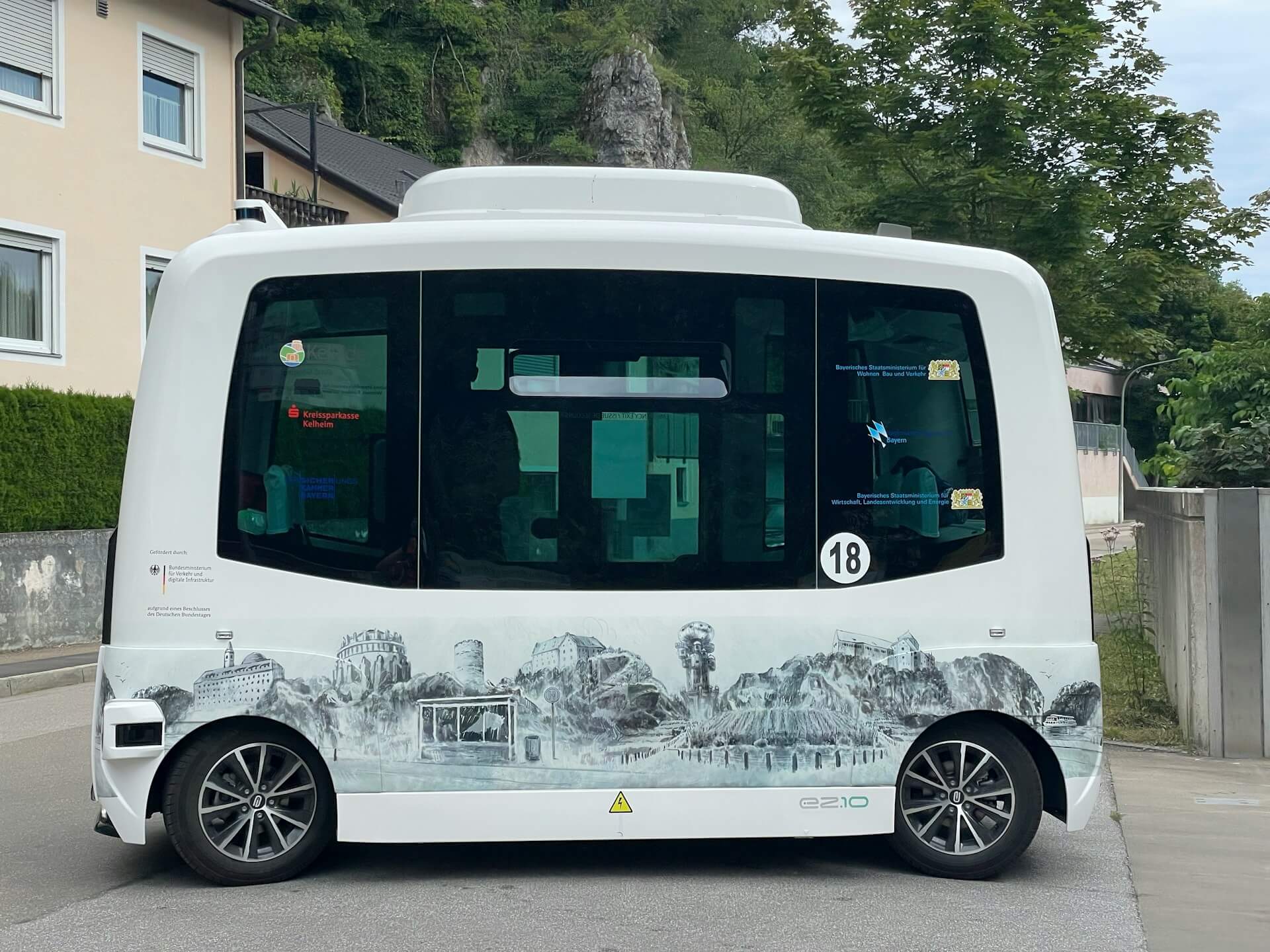
Discover the Exciting World of Autonomous Vehicles!
- Herminia Baker
- September 4, 2024
- technology
- 0 Comments
Imagine a future where self-driving cars are a common sight on roads everywhere. A future where you can sit back, relax, and be chauffeured seamlessly to your destination without your hands on the wheel. A future where traffic accidents become a thing of the past because most vehicles are operated autonomously with sophisticated computer systems behind the wheel. Now this future is closer than you think. The technology powering autonomous vehicles has advanced rapidly in recent years, and many major automakers and technology companies are aggressively working to deploy self-driving cars on a mass scale.
The Autonomous Era Dawns
It’s no secret that AVs have gripped the collective imagination, with visions ranging from fleets of self-sufficient cargo vehicles to personalized pods whisking us from point A to B. But how close are we to this reality? Well, closer than you might think. Major players like Google’s Waymo, Tesla, and traditional automakers are investing heavily, and the technological milestones they’ve reached are nothing short of significant. From sensor-laden prototypes navigating test circuits to public trials and early commercial rollouts, the AV era is a tottering toddler taking its first steps toward widespread adoption.
As the automotive industry evolves with the advent of autonomous vehicles, understanding the intricacies of this technology becomes essential for anyone interested in the future of transportation. Not only does this innovative field promise to enhance safety and efficiency on the roads, but it also creates a burgeoning market ripe for new business opportunities. To thrive in this environment, professionals can benefit from comprehensive sales training that equips them with the necessary skills to navigate the complexities of selling autonomous vehicles and related technologies.
The Tech that Drives Them
Understanding autonomous vehicles necessitates a grasp of the technology that powers these roving robots. At the heart of any AV system lies an array of sensors: cameras, lidar, radar, and ultrasonic devices – all working in unison to scan and interpret the vehicle’s surroundings. Deep learning algorithms process this continuous inflow of data, making split-second decisions about acceleration, braking, and steering. But it’s not just about the algorithms; it’s also the robustness of the infrastructure, such as high-definition maps, cloud computing, and vehicle-to-everything (V2X) connectivity that pave the way for truly autonomous driving.
Overcoming the Roadblocks
While AVs promise a utopian vision of traffic safety – with human error becoming a worry of the past – there is a litany of hurdles to overcome before we can relinquish the wheel completely. Legislative frameworks must be updated to accommodate a world with both human and machine drivers. Issues of liability and insurance in the event of an accident also require new resolutions.
The Societal Impact of Autonomous Vehicles
Beyond the thrill of technology, AVs have the potential to rewrite the socioeconomic rulebook. They can democratize mobility for those unable to drive, such as the elderly or disabled. They promise to cut congestion by optimizing traffic flow, reduce the environmental footprint through more efficient driving and electrification, and open up new urban planning strategies as parking lots make way for parks.
The Human in Autonomous: The Role of Passengers
In a world of autonomous mobility, what becomes of the person in the passenger seat? Will we become mere cargo, or will the experience be more akin to commanding a personal assistant? Vehicle interiors, in response to these questions, are already undergoing a facelift. Concepts abound with swiveling seats, foldaway tables, and displays for work or entertainment. ‘Drivetime’ will now be ‘useful time’ – an extension of the home or office for work, relaxation, or even socializing.
From Tech to Streets: Navigating the Transformative Process
AVs are not a technology that can simply be turned on; their introduction will be a metamorphic process that touches every aspect of our infrastructure. From revamping road markings that commands AI recognition to reshaping city centers to accommodate a shift from parking lots to drop-off zones, the changes will be both visible and hidden. This transformation harbors both the excitement of engineering a new world and the anxiety of the unknown.
The autonomous vehicle revolution is more than just a passive observer in history; it is an active participant in shaping it. As we explore the endless terrain of possibilities these technologies bring to our lives, it’s clear that the road ahead is a blend of wonder, trepidation, and the sheer joy of innovation. One thing is certain: we stand on the precipice of a transportation renaissance, and the adventure has only just begun. As we steer into this uncharted territory, it’s not just about the vehicles themselves but the society that they are poised to radically redefine.




